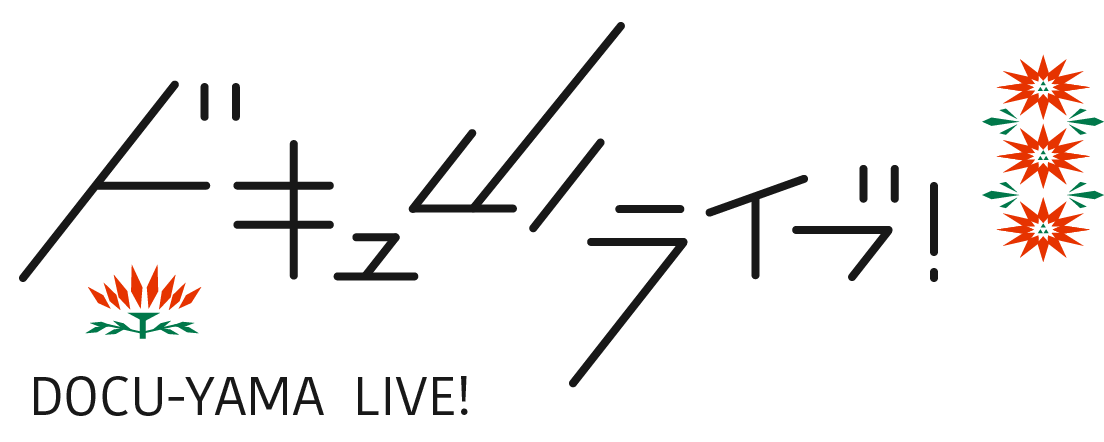Final preparations are under way for a music festival in Ramallah. Journalists from print and television, musicians, dancers, stage hands, and volunteers converge on the open-air site of the festival. Ahmad Natche’s Two Meters of This Land surveys this process in a calm succession of formally composed shots, frames that are architectural as much as cinematic, defining spaces that little by little fill up with the people of the film. These people, limited in number, are photographed in a discreet yet confident way that allows a quick and precise estimation of human individuality. The spaces they occupy, too big for the few people we see, seem to summon the absent performance acts and the absent audience.
Before showing the preparations for the festival, the film begins with another preparation. As we see a series of still photographs of Palestinian fighters, we hear the voices of two TV professionals, a man and a woman, discussing them. A few things can be said about the relation of this prologue to the rest of the film.
First, it would be too easy to understand that the structure of Two Meters of This Land puts in parallel two sets of images, designating two Palestines, the Palestine of armed struggle (here placed in the past), and the Palestine of cultural politics (the present), in order to suggest that the music festival is simply a continuation of war by other means. Of course the film is not saying this, and the parallel is in fact a misleading one. The prologue of the film creates an imbalance and leaves things troublingly open. The images of fighters indicate a historical path that has trailed off and become lost. And the testimony of a refugee woman, in what appears to be a scene shot for the TV documentary (as the the rough zooms in and out imply), is another door left open. Her words and manner show the difficulty of sustaining traumatic memory and placing it within discourse.
These early scenes of the making of the TV documentary mark a historical break that Natche’s film refuses to seal over. On one side of the break lie the loss of the homeland and the idealism of the armed efforts to recover it; on the other side, the cultural festival and the new sort of optimism evident in the activities of the (cosmpolitan, multilingual) young people who work in, for and around it.
The second thing to say about the prologue is that it establishes the awareness that everything that can be seen or said about Palestine is produced for a complex gaze. The conversation between the man and the woman emphasizes how Palestine is represented and known. The woman is French, with her own preconceptions and her own gaps of knowledge; and the man, a TV director, is conscious of how the images will be seen by Europeans.
Neither the Western nor the Palestinian audience is shown directly in Natche’s film. In their place, representing them, are the spaces prepared for the festival audience. In one scene, two female reporters walk across a bank of empty chairs, as the younger woman invites the older one to move to the background of Natche’s shot for an interview. After they finish this formal interview (inaudible to us), they return to the foreground to continue their informal chat (which we can hear). The profound interest of Two Meters of This Land can be encapsulated in this shot, with its elegant mise en scène of human beings passing from one discourse to another and from one audience to another, within a space that has been constructed for yet a third audience, which still lies in the future.
Chris Fujiwara
![ドキュ山ライブ! [DOCU-YAMA LIVE!]](http://www.yidff-live.info/wp-content/themes/yidff-live_2017/images/header_sp_logo1.png)

